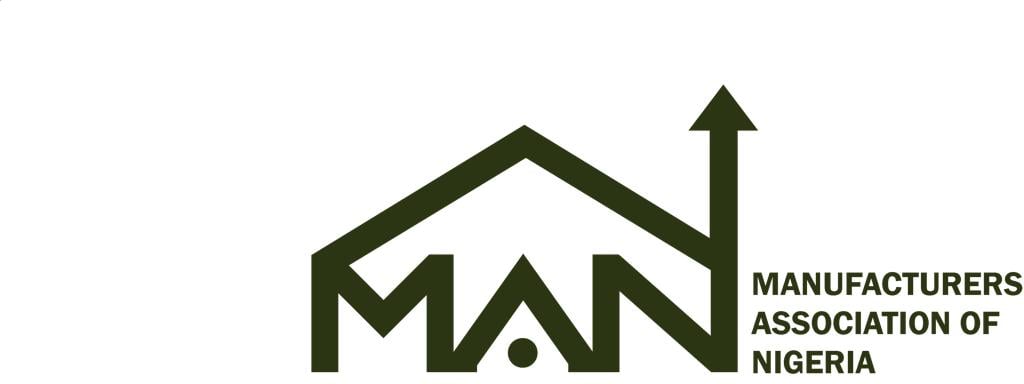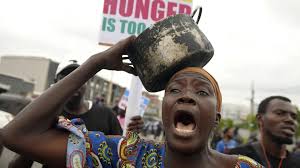
MAN says harmonised levies, tax incentives and increased government patronage will boost GDP contribution, strengthen the naira and ease inflation next year…
The Manufacturers Association of Nigeria (MAN) has projected a 3.1 percent growth in the country’s manufacturing output in 2026, buoyed by fresh tax incentives, streamlined levies under the new tax regime taking effect in January next year, and rising government patronage of locally produced goods.
According to the association’s Manufacturers’ CEOs Confidence Index released in October, the expected expansion compares favourably with the 1.6 percent growth recorded in the second quarter of 2025 and is expected to raise the sector’s contribution to real GDP to 10.2 percent.
Director of MAN’s Research and Economic Policy Division Oluwasegun Osidip, said the improved outlook hinges on the effective rollout of incentives in the new tax laws, the implementation of the National Single Window Project, and alignment of the Nigeria Industrial Policy with the “Nigeria First” framework.
Osidipe noted that years of multiple taxation had slowed industrial growth, saying manufacturers were often compelled to make repeated payments while moving goods across the country. “You could not move your goods through the 774 local governments without paying for something, whether loading or offloading,” he said. “But under the new tax law, most of those levies are gone.”
He explained that eliminating redundant charges and introducing targeted incentives for small and medium manufacturers would free up capital and support reinvestment in production.
“A majority of MAN members are small and medium enterprises. When you look at the private sector, most of them fall into that category. These new incentives will make additional funds available for manufacturers to put back into operations, and that will boost output,” he added.
MAN’s data shows capacity utilisation in the sector has already improved from 57.6 percent in the second half of 2024 to 61.3 percent in the first half of 2025 helped by extended government intervention programmes, including access to single-digit interest loans through the N75 billion industrial support fund.
“When loans that previously attracted 32 to 35 percent interest are now available at single-digit rates, more manufacturers will gain credit, expand production, employ more people and increase supply,” Osidipe said.
He also stressed that government patronage remains critical, commending Cross River State for committing to purchase locally assembled vehicles. “We hope other states will follow this path. As the largest spender, increased government patronage will significantly strengthen the manufacturing industry,” he said.
Currency and Inflation Outlook
MAN’s economic outlook also anticipates a firmer naira, projected to trade between N1,300 and N1,400 per dollar next year, supported by higher oil prices, stronger reserves and improved foreign investment inflows.
Headline inflation is expected to ease to 14 percent as food and energy prices stabilise, while the Central Bank of Nigeria is forecast to cut the benchmark interest rate to around 23 percent to stimulate credit expansion and production growth.
The association further projected that Nigeria’s overall GDP could expand by four percent in 2026, driven by higher oil output, better fiscal performance, growth in manufacturing and financial services, and increased consumer spending ahead of the fourth-quarter election season.
New Tax Laws Take Effect January 2026
Nigeria’s overhauled tax system becomes operational in January following President Bola Tinubu’s signing of four reform bills on June 26, 2025:
- Nigeria Tax Act (2025)
- Nigeria Tax Administration Act (2025)
- Nigeria Revenue Service (Establishment) Act (2025)
- Joint Revenue Board (Establishment) Act (2025)
The reforms seek to eliminate multiple taxation, harmonise levies nationwide and introduce targeted incentives and exemptions to support small and medium enterprises and stimulate investment.



